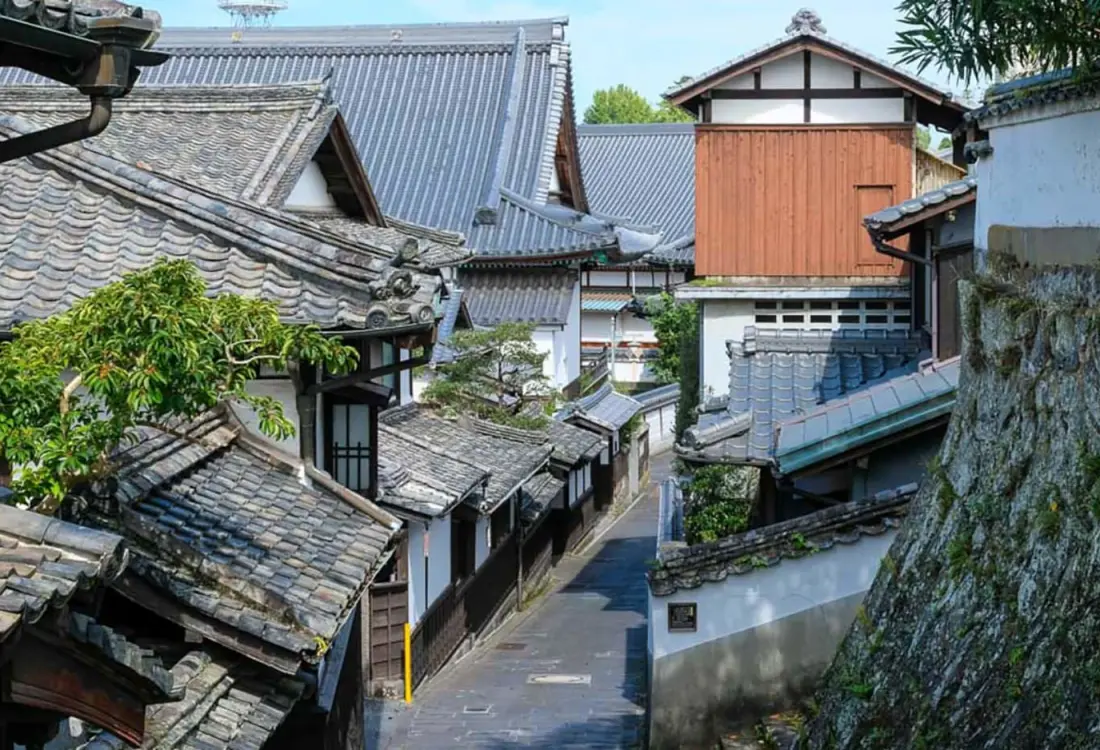
Usuki's Samurai District and Edo Period Castle Town
Oita Prefecture
“These streets are especially beautiful when it rains.” explained Ryo-san, an Usuki native I’d met a few moments ago. On the day I arrived at Kyushu’s coastal city of Usuki, a brilliant ray of sunshine broke through the soft cloud cover as we gazed down the historical samurai street of Nioza Historical Road. As explained by my delightfully impromptu guide, rainy days are the best time to witness the stone-paved walkway glimmer with a romantically black sheen. The sun reflected in dancing spotlights on the historic road and the ceramic tiles of temples and old samurai residences. I was enamored with the view.
As I chatted with Ryo-san, I sensed the pride he felt in his beautiful hometown, and with good reason. From the beginning of the Edo Period in 1603, the once-small village of Usuki transformed into a prosperous city of trade under the governance of powerful feudal lords. Since then, the historical district of Usuki has retained much of its original Edo charm, garnering it the distinction as one of the “Top 100 Cityscapes,” by the Ministry of Land, Infrastructure, Transport, and Tourism. With well-preserved samurai residences, the remains of an island-castle fortress on top of a towering plateau, and a hillside with stone-paved roads lined with Edo period temples and homes, there’s no doubt why it deserves its accolades.
With the warm autumn sun on my back, I set off for an afternoon stroll through the walkable historic district of Usuki to discover a city that once reverberated with the energy of a flourishing feudal domain and how the locals today have come to embrace the city’s feudal heritage into their everyday lives.
My foray into Usuki’s history started with the Inaba Family Villa estate, the former second residence of the Inaba descendants who once ruled Usuki. The Inaba clan was the last to hold the domain of Usuki until the 1868 Meiji Restoration ushered in the feudal system’s end. This National Tangible Cultural Property was built in 1902 and is the largest samurai residence in the city open to the public. With traditional beam work, spacious tatami mat floors, and wrap-around verandas, this villa is a fine example of a high-ranking samurai house built in the Edo period’s architectural style — and a perfect opportunity for me to get a glimpse into the life of a prosperous samurai family.
I paid my ¥330 fee at the admissions gate and helped myself to the hand sanitizer on the ticket counter. Like many of the shops and venues I’d visit, the villa is provided with hand sanitizer for visitors and masks for staff members to prevent the spread of COVID-19. Though there wasn’t much need for me to worry about social distancing; aside from the florist who worked to replace some old flower displays, I had the whole house to myself.



Inaba Family Villa estate is a high-ranking samurai house built in the Edo period’s architectural style.
Inside, I roamed through the large tatami rooms, hallways with chalky-blue plaster walls, entered small nooks, and a steep wooden staircase leading up to the balconies overlooking the interior space. Each room has artfully-carved wood panel details, chic paper lanterns that looked like glowing spaceships with delicate, slender ribbed lines, and soundless sliding doors open to views of an expansive garden. As I sat on the edge of one of the verandas, taken by the quiet serenity of the villa, I imagined the comings and goings of the samurai family that once lived here and how they’d spent their days gazing over the same lovely garden.


The 3,500-square meter grounds also include a cafe located in a converted traditional storehouse and a gift shop. At the gift shop, I perused the display of ‘Usuki-yaki’ ceramics and other local crafts before continuing onto my next quiet destination.
My next stop was the Usuki Castle Ruins on a plateau overlooking the city. The city’s founder and original feudal lord, Otomo Sorin, built the castle grounds in 1556 on an island in the gulf of Usuki and turned the island-castle fortress into the city’s center of commerce and trade. In later years, land reclamation connected the castle grounds to the central city. In a sense, it was reconnected back to the city’s everyday life and culture, with joggers and walkers out on their regular routes along the walking path that runs through the grounds.

Usuki Castle Ruins was once the center of commerce and trade during the Edo Period.
From the ruins’ base, I looked up and wondered how grand the Usuki castle must have looked on top of that towering hill overlooking the city. Regardless of its absence, I found the whole complex to have a dignified presence, with reinforced stone walls, a stately turret on the edge of the cliff, and the brilliant-white, serpent-spine barrier wall running along the walkway. I passed happily-sleeping ducks on the wooden platform built into the moat at the castle’s base and started my ascent.

As I followed the thick white-plastered barrier wall, I reached Tatami Turret, one of the two original turrets still intact on the castle grounds, standing proud like a noble guard on the cliff’s edge. The next corner swiveled me back towards the main gate of Usuki Castle to Daimon Turret, a replica constructed in 2001.

The turret of Tatami Turret is one of two original turrets that remained after the Meiji Restoration.
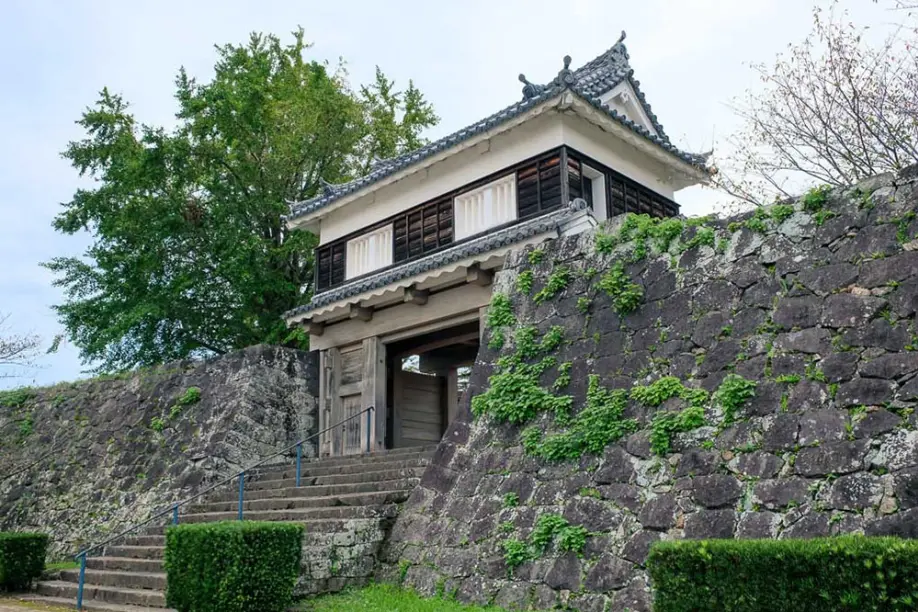
The main gate of Usuki, Daimon Turret, is a replica built in 2001.
Past Daimon Turret is the spacious castle ruins with wide gravel walkways, a small shrine, and park benches. Locals were out on their regular walks, though there was plenty of room for me to safely social distance. Only hints of the castle’s grandeur remain, with portions of a stone wall in the ground’s corner. The ruins’ 360-view is perhaps the most obvious sign of the castle’s once-grand existence, serving as an optimal vantage point for the castle’s defenders. I breathed in the air as I took in the modern city scenery below.


After I made my way down from the castle ruins, I walked 15 minutes towards Usuki’s Haccho Oji Shopping Street. The shopping avenue was a delightful mix of traditional and modern elements, with converted ‘machiya’ merchant houses selling kimonos and lacquered bamboo purses, alongside optometry offices, barbershops, and soy sauce makers with glass counters selling soft-serve ice cream. With school children buzzing down the road and delivery-people carrying boxes to the hands of expecting shop owners, it was a relaxing way to spend an afternoon. Each store I browsed through had COVID-19 preventative measures with hand sanitizer and masked staff members.


The wide avenue of Haccho Oji Shopping Street has several shops selling local crafts.
For art history buffs, you may also enjoy some examples of plaster relief art called kote-e, which is richly-displayed throughout Oita. The prefecture has one of the highest concentrations of kote-e in the country and found on buildings’ exterior walls to ward off evil spirits and invite good fortune.


Usuki is one of many cities in Oita with a collection of kote-e plaster artwork displayed on buildings and storefronts’ outer walls.
After I admired the various shops and their wares, I turned off the main boulevard and headed towards the stone-paved streets of Nioza Historical Road. Nioza Historical Road lies parallel to the main shopping boulevard and is home to many wonderfully preserved samurai residences and temples. A consolidation of volcanic ash called tuff (from an ancient eruption from nearby Mount Aso in Kumamoto) gives the road its unique picturesque quality, with greenery sprouting out from the porous rock. Aside from a motorbike that zipped along the narrow streets, a soft hush had fallen upon the road, and I took in the lovely views as I imagined the Edo-era neighborhood where samurai once walked.





Nioza Historical Road has several Edo Period temples and samurai residences.
Even though I thought I looked calm and purposeful, something about me must have said ‘tourist in need of directions’. Lucky for me, this subconscious appearance caught the eye of Ryo-san, an Usuki native. The born-and-raised Usuki local and unofficial guide took it upon himself to point lost visitors (such as myself) in the right direction. He motioned to the modest-looking structure of Shinko-ji Temple perched on the hillside. “You can go in there,” he said, looking down at my camera, “if you want to get the best view of the street from above.”


The elegant construction work and refined architectural details of Shinko-ji Temple is an excellent spot for you to rest.
I followed my guide into the structure of Shinko-ji Temple, where another local resting on a deck greeted me. The interior’s design is unassuming, though the elegant construction work and refined architectural details revealed the skillful hands of those who built it. On the top floor, I looked out over the Edo-period samurai road below. As promised, it turned out to be one of the Nioza Historical Road district’s best vantage points, and I took the opportunity to relax and enjoy the view as the sun danced along the roof tiles below. The two-story temple is free of admission and is an excellent spot to rest before continuing your visit.

The top floor of Shinko-ji Temple is the Nioza Historical Road’s best vantage points.
After my rest, I thanked my helpful guide and headed to my last destination, Ryugenji Temple, and its three-story wooden pagoda. Located along the Usuki River’s edge, the temple and pagoda are a short walk from Nioza Historical Road. The three-story pagoda is one of two in Kyushu still standing from the Edo period and has a unique architectural style comparable to older temples in Kyoto.

The entrance of Ryugenji Temple.

Ryugenji Temple's three-story pagoda is one of two wooden pagodas in Kyushu from the Edo period and has a unique architectural style comparable to older temples in Kyoto.

It was a fulfilling afternoon exploring Usuki’s historic Edo district, though I knew I was only able to scratch the surface of what the city has to offer. Even though the area has the quality of a time capsule, in no way is this area just a historical facade. It is a thriving modern community that has embraced and preserved its rich history. Perhaps, you also will have the good fortune to meet a local who, through their kindness, will enrich your experience.
Note: This blog post was written during a time when preventive measures for COVID-19 were being undertaken. These measures are expected to be relaxed going forward.

Mika Senda
Mika is a writer for Voyapon.com and Lostin-Kyushu.com. In 2018, she made her way from her hometown in Canada to the countryside of Oita Prefecture. Since then, she's been exploring the tradition, art and culture of inaka life, and most likely sitting in an onsen right now.
 Enjoy The Relaxing Nature And Intriguing History Of Unesco World Heritage Amakusa
Enjoy The Relaxing Nature And Intriguing History Of Unesco World Heritage Amakusa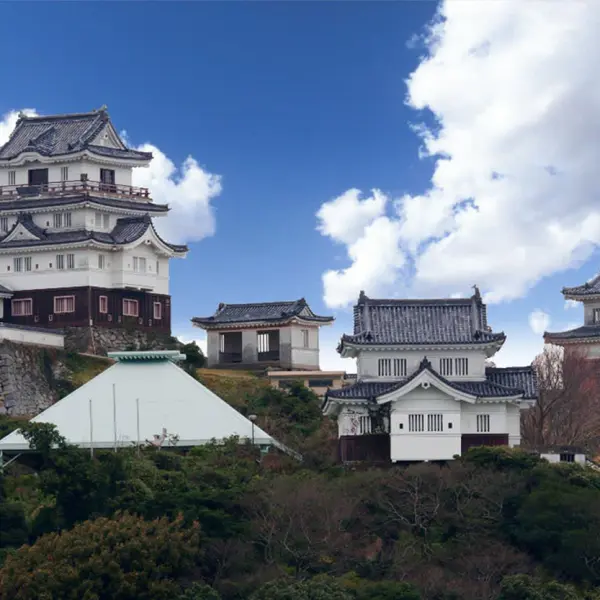 Hirado Castle Stay
Hirado Castle Stay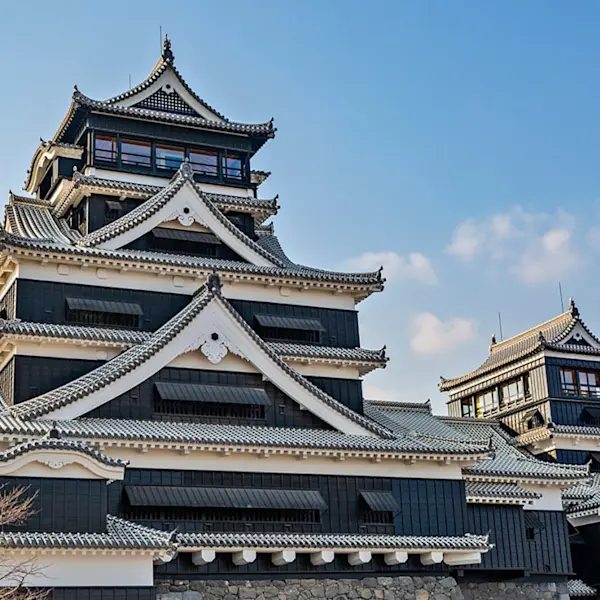 Kumamoto Castle: Exploring the History
Kumamoto Castle: Exploring the History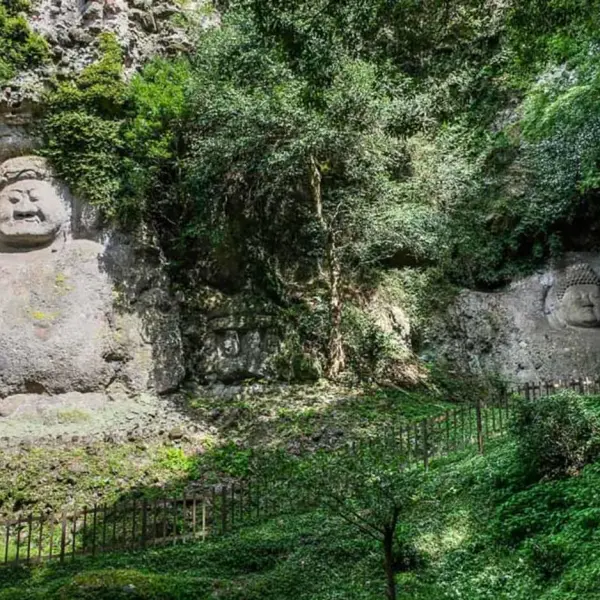 The Spiritual Trek of Kunisaki’s Rokugo Manzan Temples and Sites
The Spiritual Trek of Kunisaki’s Rokugo Manzan Temples and Sites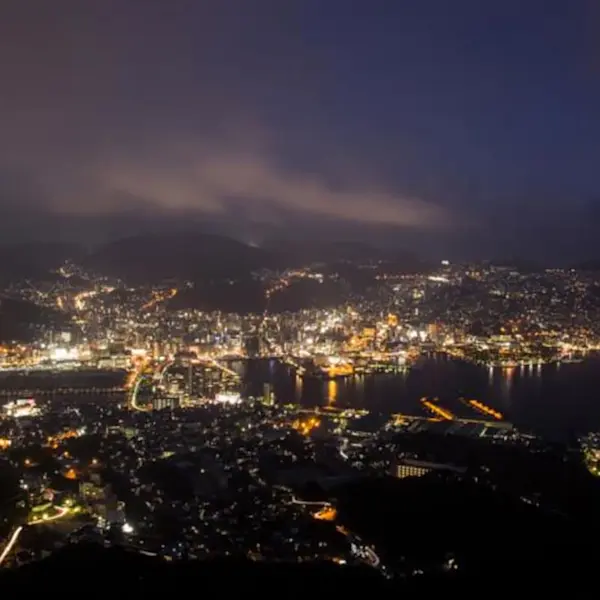 Trade, War and Religion: The Many Faces of Nagasaki City
Trade, War and Religion: The Many Faces of Nagasaki City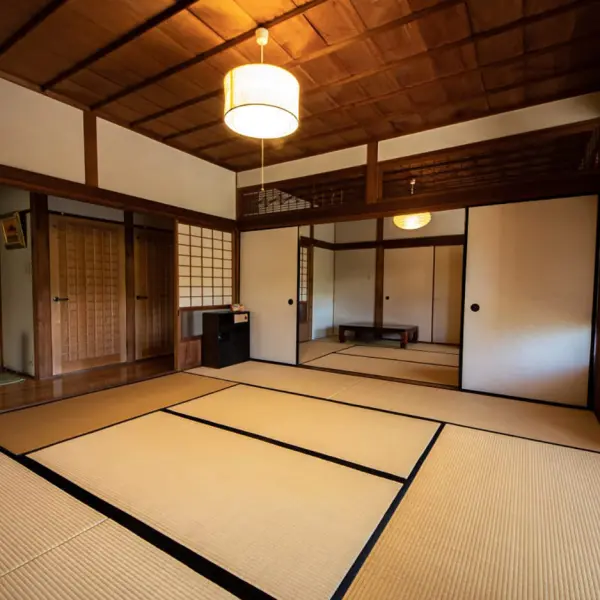 Exploring Obi Castle
Exploring Obi Castle Kitakyushu Highlights: Kokura Castle and Kawachi Wisteria Garden
Kitakyushu Highlights: Kokura Castle and Kawachi Wisteria Garden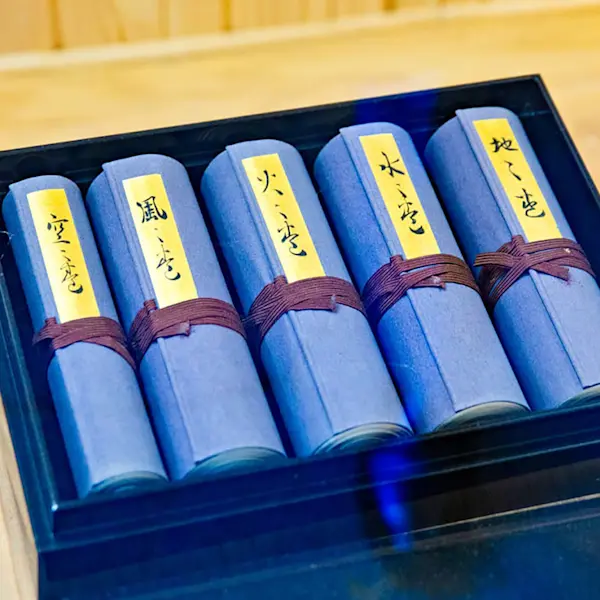 Musashi Miyamoto: Perhaps the Best Samurai Swordsman in Japan
Musashi Miyamoto: Perhaps the Best Samurai Swordsman in Japan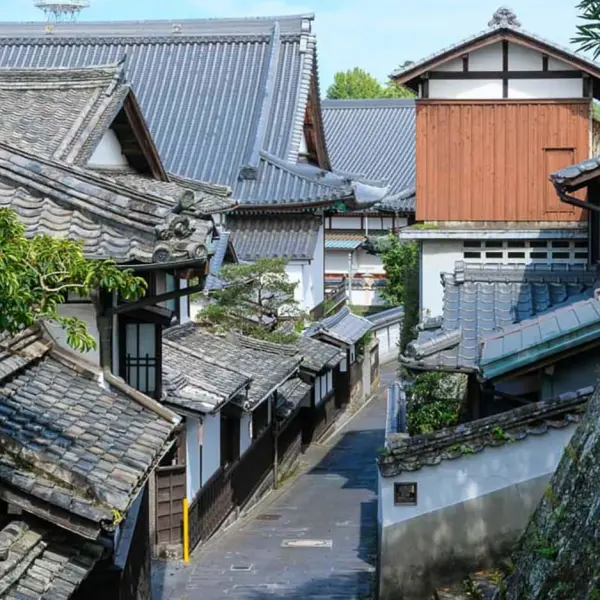 Usuki's Samurai District and Edo Period Castle Town
Usuki's Samurai District and Edo Period Castle Town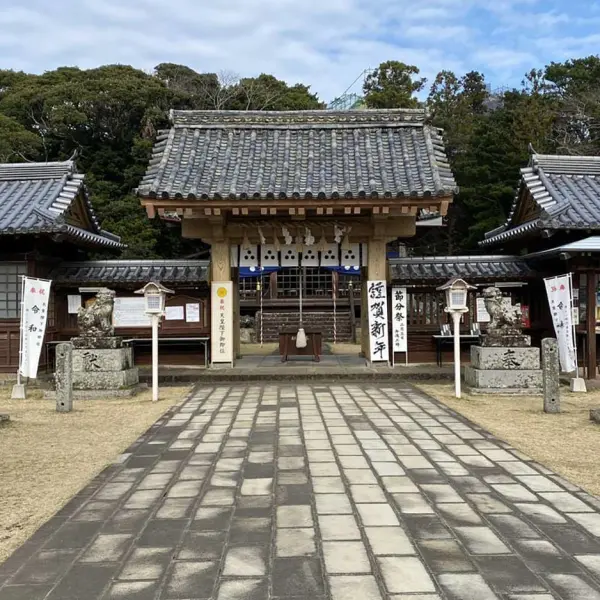 Hirado Matsuura Clan: Over 1,000 Years of History
Hirado Matsuura Clan: Over 1,000 Years of History




